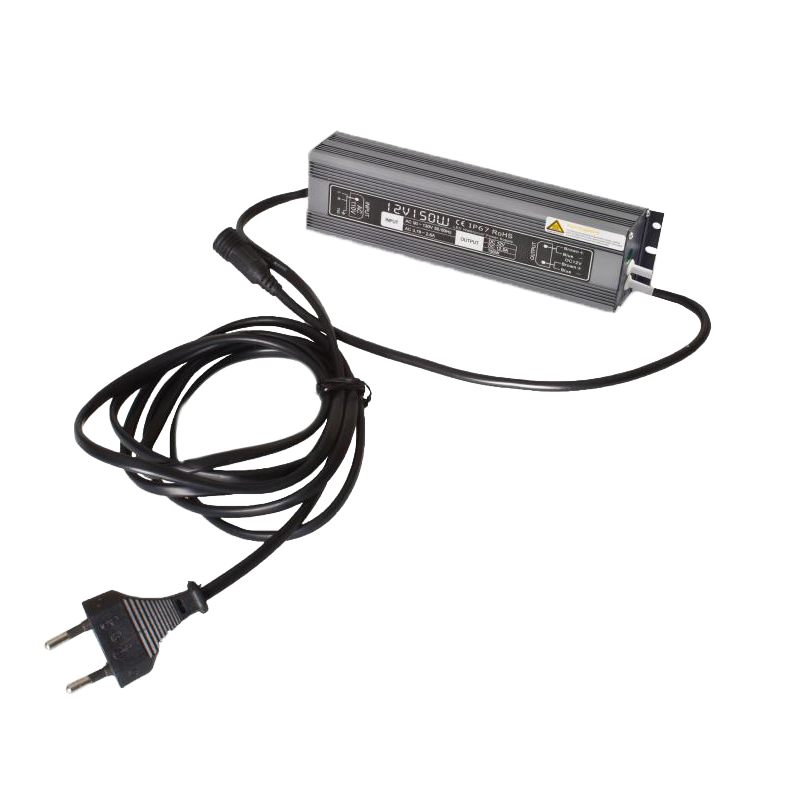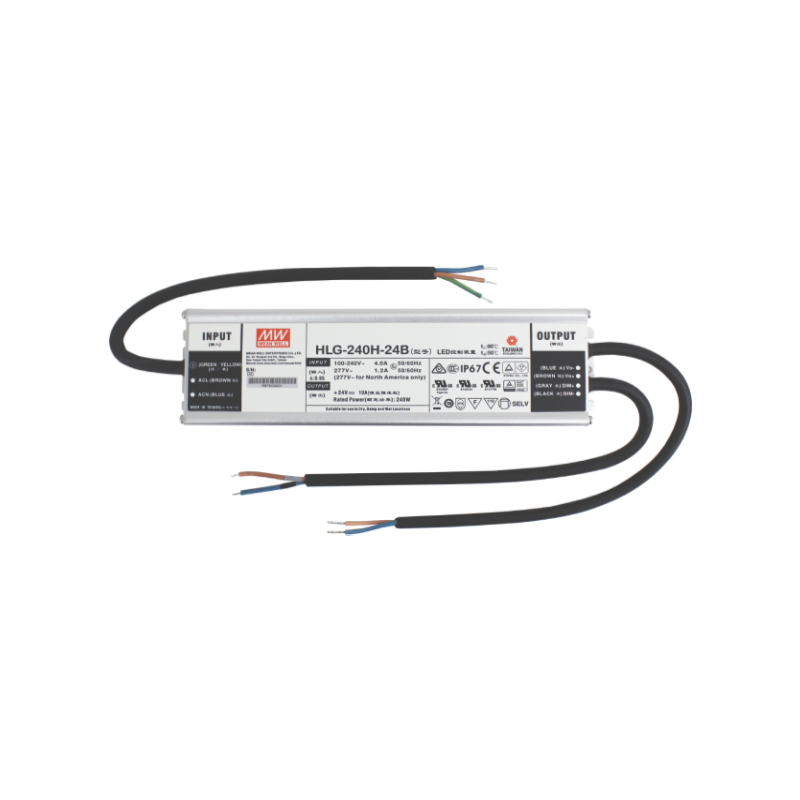
LED drivers are like software for LED strip lights. They control how the LED strip light will operate. LED drivers are used to transform high voltage like 240 volts to lower operate able voltage like 12 volts or 24 volts. That is why the LED driver is also called a transformer.
In choosing an LED driver for the LED strip light, the driver’s size is most important. The power consumption and length of the LED strip light determine the size of the driver. The size is measured in Watts. Also, it should be noted, is the LED strip 12V or 24V. The protection level of the LED driver through IP-class should also be examined.
However, there is a wide variety of LED drivers available for LED strip light, and without taking into account the more details of how a driver should be chosen, one can damage their LED strip light. Here are some more insight for choosing the right driver for your LED strip light:
- What is the input of the LED strip? 12V or 24V DC?
- What is the output voltage of the LED driver?
- Estimated Power Usage?
- The surrounding in which LED driver will be used?
- Do you want a driver dimming option?
Now, we are going to answer these questions one by one.
What Is The Input Of LED Strip? 24V or 12V DC?
There is no difference in brightness, but the LED driver of a 24V strip cannot be used in a 12V LED strip. Some LED strip lights use AC high voltage and do not require a driver or a power supply. The input voltage of the LED strip does affect the length-limit. It is because a 24V strip has less voltage drop than a 12V. Here is a quick review of a 24V strip that how much farther supply can be installed from an LED strip.

What Is The Output Of The LED Driver?
The LED driver converts the incoming 50 Hz or 60 Hz AC power to a regulated DC output. The input voltage can lie in the range from 120 V to 480 V. The output voltage is either 12V or 24V. One thing that must be kept in mind that the LED driver has immunity against the voltage spikes and other noise on the input line because a simple converter cannot prevent damages to LED strip lights. The driver must also have filtered the harmonics in the output because if the LED driver failed to do so, it would directly affect the LED strip light output. There are mainly two types of LED driver in terms of output:
- Constant Current LED drivers.
- Constant Voltage LED drivers.
Estimated Power Usage?
Each LED strip consumes a certain amount of energy, and this amount is written on the information page of the LED strip cover. If you do not have the required energy supplied by your LED driver, the strip may look dim, or flicker, or even does not turn on. Also, sometimes the energy consumption is written as Watt per meter. From this, we can calculate the estimated power usage by the formula:
Watt per foot/minute* length = estimated power usage
However, the human error and efficiency gradient must be calculated as per the 80% rule. It means that if you need an 80-watt driver to power your LED strip, then you should install a 100 Watt LED driver or supply to avoid any disruption.
The Surrounding In Which LED Driver Will Be Used?
While choosing an LED driver or supply for the LED strip, it is important to consider whether it is used outdoor or indoor. For example, for Outdoor use, a water-resistant LED driver is necessary. In dusty areas, for the smooth functioning of the LED driver, you need a dust-resistant driver. The IP-class of the driver determines the protection levels. Higher the number, the better the protection it will provide. Let’s take the example of an IP-20 driver. The first number indicates the dust protection level, and the second number indicates the water resistance.
IP-20 provides dust protection, but it is not water-resistant because the second digit indicates the water protection level, and in this case, it is zero.
It is necessary to keep the user in mind while purchasing the LED driver because even the best quality LED driver made for in-door use would not suit outdoor use. The external temperature and humidity will not allow it to perform in the best possible way, and in the end, the driver will need to be replaced.
Do You Want Driver Dimming Option?
If you want your LED driver to have a dimming option, you should look for a different driver than the regular one. Dimming is actually done by controlling the voltage flow towards the LED strip. In the market, different dimming options ranging from 1 to 10V to completely blackout are available. The different driver dimming options are:
- TRIAC dimming (rotatable wall dimmer ) driver
- DALI driver
- 1-10V dimming driver
- Inbuilt RF dimmer-driver (paired with wireless button)
- Non-dimmable driver, but with secondary side dimming

Can You Connect Multiple LED Strips to a Single LED Driver?
Yes, multiple LED strips can be connected to one LED driver. However, one thing must be kept in mind that the LED strips’ cumulative power must not exceed the LED driver’s power output. To stay in the safe zone, you must get the LED driver whose power exceeds by at least 20 percent of the combined power of LED strips.







